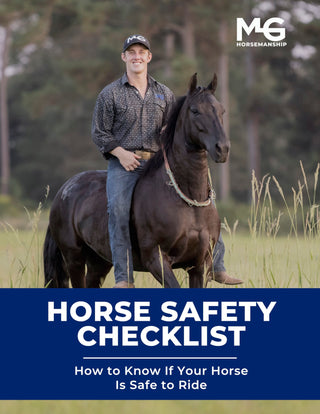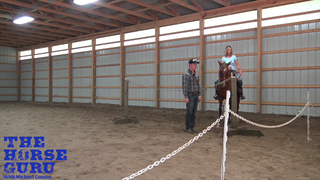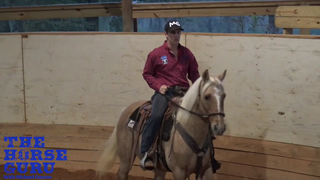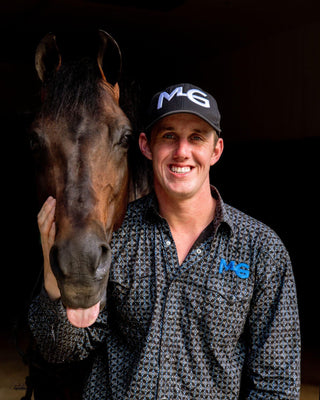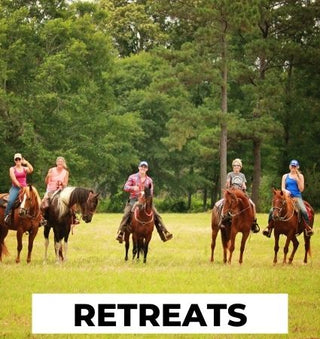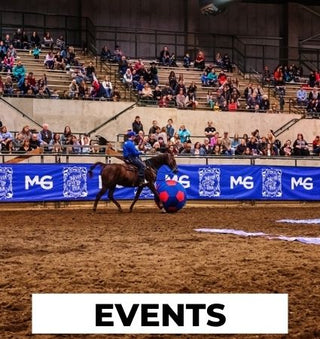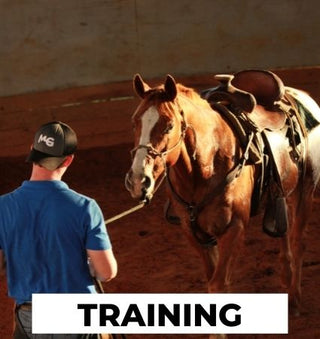Watch the Video Here or continue reading below!
Catching a difficult horse in the stall can be challenging, especially if the horse is wary, aggressive, or resistant. In this guide, we'll walk you through the essential techniques to catch and handle your horse safely and effectively, even in the most confined spaces.
Why Proper Stall Handling Is Essential
Handling a horse in a stall is like a smaller version of round penning. The same principles apply: establishing respect, applying appropriate pressure, and ensuring safety for both you and your horse.
Step 1: Approach with Awareness
- Assess the Horse's Body Language: As you open the stall door, observe whether the horse faces you or turns away. A horse that turns away and shows its hindquarters may feel defensive or uncooperative.
- Safety First: Never enter the stall when a horse is showing its hindquarters. This puts you in a vulnerable position where the horse could kick or charge.
Step 2: Apply Pressure and Release
- Pressure Techniques: If the horse shows its hindquarters, apply gentle pressure. This could include clicking, kissing, or softly swinging a rope. Increase pressure incrementally until the horse acknowledges you.
- Release as a Reward: The moment the horse turns to face you, stop applying pressure. This teaches the horse that facing you leads to comfort, while turning away leads to discomfort.
Step 3: Position Yourself Correctly
- Stand Strategically: Always position yourself between the horse and the stall door. This prevents the horse from escaping and keeps you out of harm's way.
- Avoid Pinch Points: Be mindful of areas where you could get trapped if the horse moves suddenly. Maintain an exit route at all times.
Step 4: Present the Halter
- Create a Positive Association: When the horse faces you, present the halter calmly. Allow the horse to associate the halter with a release of pressure and a positive interaction.
- Be Patient: If the horse hesitates, remain calm and consistent. Repeat the process as needed to build trust.
Common Mistakes to Avoid
- Chasing the Horse: Never chase the horse around the stall, as this can increase fear and resistance.
- Overapplying Pressure: Be mindful of the horse's sensitivity. Adjust your approach based on its response.
- Compromising Safety: Always prioritize your safety by maintaining a strategic position and exit route.
Building Trust Over Time
Consistency is key. Horses learn through repetition and positive reinforcement. Over time, your horse will begin to approach you willingly in the stall, making catching and handling a seamless process.
Final Thoughts
Catching a horse in a stall requires patience, awareness, and a clear system of pressure and release. By following these steps, you can turn a difficult horse into a cooperative partner.
If you're facing challenges or have specific questions, let us know in the comments below. We're here to help you build a stronger bond with your horse and achieve your equestrian goals!
Get 30-day horse training for FREE—join the Horse Help Challenge now HERE!



